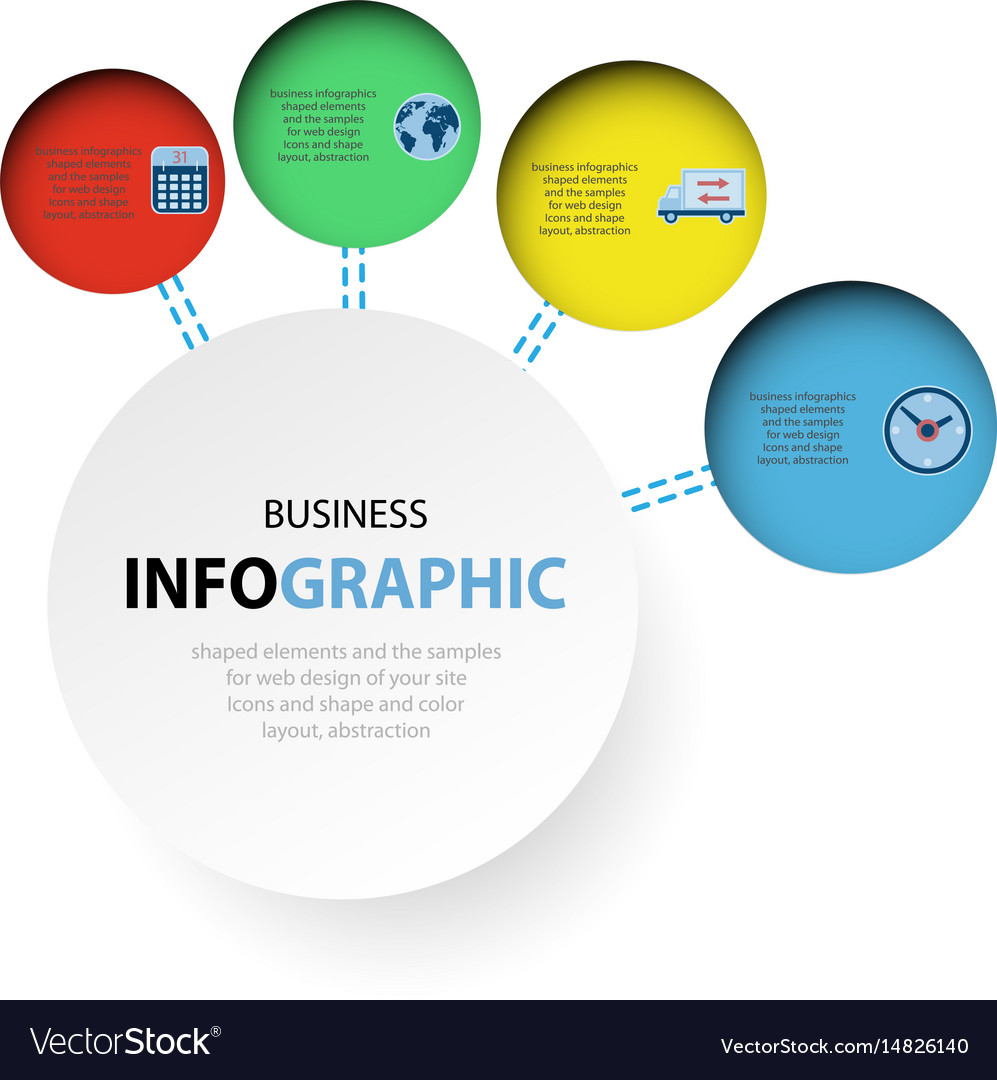Interested In Discovering How Site Style Has Transformed For Many Years? Explore The Development From Standard, Straightforward Layouts To User-Centered Methods That Prioritize The Demands And Choices Of On The Internet Site Visitors
Interested In Discovering How Site Style Has Transformed For Many Years? Explore The Development From Standard, Straightforward Layouts To User-Centered Methods That Prioritize The Demands And Choices Of On The Internet Site Visitors
Blog Article
Developed By-Lamb Dodson
In the past, internet sites were simple and concentrated on information. Navigating was straight, and layout was for desktop computers. Now, individual experience is crucial. Data guides layouts for simple navigation. https://effective-email-marketing51616.creacionblog.com/29787462/approaches-for-pay-per-click-success-performing-thorough-keyword-research match various gadgets. Today, dark setting decreases pressure, and minimalist menus improve navigating. Interactive functions engage customers, and bold visuals stand apart. AI integration enhances engagement. See how style has developed to boost your on the internet trip.
Very Early Days of Web Design
In the early days of web design, simplicity preponderated. Websites were basic, with restricted shades, fonts, and formats. The emphasis got on supplying info rather than flashy visuals. Customers accessed the web with slow dial-up links, so speed and capability were crucial.
Navigating menus were straightforward, normally located at the top or side of the web page. Web sites were made for desktop computers, as mobile surfing had not been yet prevalent. Web content was king, and designers focused on easy readability over complex style components.
HTML was the key coding language used, and developers had to work within its restraints. seo marketing companies and interactive functions were marginal compared to today's criteria. Sites were static, with little vibrant content or individualized user experiences.
Surge of User-Focused Design
With the development of internet site style, a change towards user-focused design concepts has become significantly famous. https://franciscouojdx.blog-mall.com/30459453/raise-your-online-presence-with-professional-web-design-strategies , producing internet sites that prioritize user experience is critical for engaging visitors and accomplishing business objectives. User-focused layout involves recognizing the demands, choices, and behaviors of your target market to tailor the internet site's format, material, and features accordingly.
Developers currently carry out extensive study, such as customer studies and functionality testing, to collect understandings and feedback directly from individuals. This data-driven approach aids in developing user-friendly navigating, clear calls-to-action, and visually appealing user interfaces that resonate with visitors. By positioning the user at the center of the layout process, web sites can provide a much more individualized and enjoyable experience.
Receptive style has actually additionally become a key aspect of user-focused design, making certain that sites are maximized for different tools and screen dimensions. This flexibility boosts ease of access and functionality, accommodating the diverse ways individuals communicate with internet sites today. In essence, the surge of user-focused design symbolizes a change in the direction of developing electronic experiences that focus on the demands and assumptions of the end customer.
Modern Trends in Web Design
Explore the most recent patterns forming web design today. One popular pattern is dark mode layout, using a sleek and modern-day appearance while reducing eye strain in low-light atmospheres. An additional crucial pattern is minimal navigation, simplifying food selections and improving user experience by focusing on essential elements. Integrating micro-interactions, such as computer animated buttons or scrolling results, can produce a much more appealing and interactive website. Responsive layout stays crucial, guaranteeing smooth individual experiences throughout numerous gadgets. In addition, making use of vibrant typography and asymmetrical formats can include aesthetic interest and draw attention to specific material.
Integrating AI technology, like chatbots for client support or customized suggestions, improves individual involvement and enhances processes. Availability has also become a considerable fad, with designers focusing on comprehensive layout practices to deal with varied user requirements. Welcoming sustainability by maximizing website efficiency for speed and effectiveness is another emerging pattern in web design. Working together with customer feedback and data analytics to repeat and boost style constantly is necessary for staying pertinent in the ever-evolving electronic landscape. By welcoming these modern-day fads, you can develop an aesthetically enticing, easy to use internet site that resonates with your target market.
Verdict
As you assess the evolution of website design from the early days to currently, you can see exactly how user-focused design has become the driving pressure behind contemporary patterns.
Accept the trip of adjustment and adaptation in web design, constantly maintaining the individual experience at the forefront.
Keep existing with the latest fads and modern technologies, and never ever stop evolving your strategy to develop aesthetically sensational and user-friendly websites.
Evolve, adapt, and create - the future of web design is in your hands.
